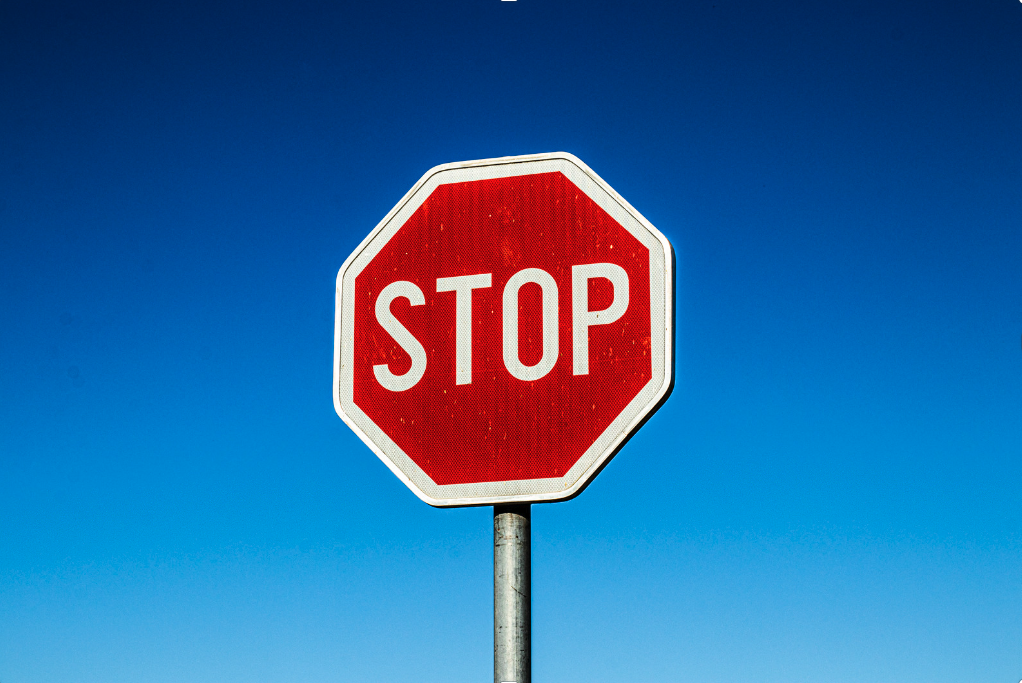What are torque limiters? - Guide on Mechanical Torque Limiters
by Quotebeam Team
Dec 21, 2023

In the realm of machinery and mechanical systems, ensuring optimal performance while preventing damage is paramount. One crucial component that plays a vital role in this context is the torque limiter. This blog post will delve into the intricacies of torque limiters, exploring what they are, the different types available, and how they operate to safeguard machinery.
What is a Torque Limiter? ⚙️
A torque limiter is a mechanical device designed to protect machinery from excessive torque. Torque, a measure of rotational force, can sometimes spike beyond acceptable levels due to various factors such as overloads or sudden changes in resistance. Torque limiters act as safety mechanisms, preventing potential damage by disengaging or limiting the transmission of torque when a predetermined threshold is exceeded.
Purpose of Torque Limiting Devices 🎯
Torque-limiting devices play a vital role in machinery and industrial systems, aiming to:
- Prevent Damage: By intervening when torque exceeds safe levels, these devices protect machinery and minimize wear on components.
- Enhance Safety: Torque limiters contribute to operational safety by averting overloads, crucial for creating secure workplaces.
- Preserve Longevity: By mitigating torque spikes, these devices extend equipment life, reducing maintenance costs and enhancing reliability.
- Adapt to Variability: Torque limiters offer flexibility to adjust to changing torque demands, ideal for industries with dynamic operating conditions.
- Facilitate Quick Repairs: Some torque limiters, with sacrificial elements like shear pins, simplify repairs, minimizing downtime.
- Ensure Precision: Particularly in electronic variants, torque limiters provide precise torque control, crucial for applications requiring accuracy.
In essence, torque-limiting devices act as guardians, promoting safety, longevity, and operational efficiency in industrial settings. 🛡️
What are the types of torque limiters?
Torque limiters come in various forms, each designed to address specific challenges in different industrial applications. Understanding the nuances of these types is crucial for selecting the right torque limiter for a given machinery setup. Let's explore the diverse world of torque limiters and how they cater to distinct operational requirements.
Friction Torque Limiters 🛑
Operational Principle: Friction torque limiters operate on the principle of controlled slip. When the applied torque exceeds the predetermined limit, specialized friction elements within the limiter allow for controlled slippage. This controlled slip mitigates the risk of damage to connected components, providing a robust solution for various industrial scenarios.
Ball and Detent Torque Limiters ⚙️
Modular Adjustability: The ball and detent torque limiters introduce a modular approach to torque control. Utilizing balls held in detents, engagement and disengagement occur under varying torque loads. This design allows for adjustable torque settings based on the number of detents engaged, providing a versatile solution for applications requiring flexibility.
Shear Pin Torque Limiters 📍
Sacrificial Protection: Shear pin torque limiters employ a straightforward yet effective design. The limiter utilizes sacrificial pins that shear off when torque surpasses the preset limit. This sacrificial mechanism ensures quick and easy replacement of pins, offering a cost-effective solution for scenarios where frequent torque adjustments are necessary.
Magnetic Particle Torque Limiters 🧲
Magnetic Field Transmission: In the realm of innovative torque-limiting solutions, magnetic particle torque limiters stand out. These devices use a magnetic field to transmit torque. When the applied torque exceeds the predetermined limit, the magnetic particles disengage, halting further torque transmission until a manual reset occurs. This technology provides a reliable and resettable option for precision torque control.
Electronic Torque Limiters 🌐
Continuous Monitoring: At the forefront of technological advancement, electronic torque limiters utilize sensors and control systems for continuous torque level monitoring. When an overload is detected, these advanced systems engage protective measures, ensuring precise control and rapid response. Electronic torque limiters are ideal for applications demanding real-time monitoring and adaptive torque control.
How Does a Torque Limiter Work? 🛡️
Understanding the operational mechanism of a torque limiter is crucial for grasping its significance in machinery protection.
- Threshold Setting: The torque limiter is pre-set with a specific torque threshold, beyond which protection is activated.
- Sensing Mechanism: Different types of torque limiters use various sensing mechanisms, such as friction, ball engagement, shear pins, magnetic fields, or electronic sensors, to detect torque levels.
- Disengagement or Limitation: When the torque surpasses the preset limit, the torque limiter disengages, limits torque transmission, or triggers protective measures, preventing damage to the connected machinery.
- Resetting: After a torque event, many torque limiters require manual or automated resetting to restore normal operation.
To recap, torque limiters play a critical role in safeguarding machinery and ensuring operational efficiency. By understanding their types and operational mechanisms, industries can make informed decisions in choosing the right torque limiter for their specific applications. Investing in quality torque limiters is an investment in the longevity and reliability of machinery, ultimately contributing to a more robust and sustainable industrial landscape. 🌐
